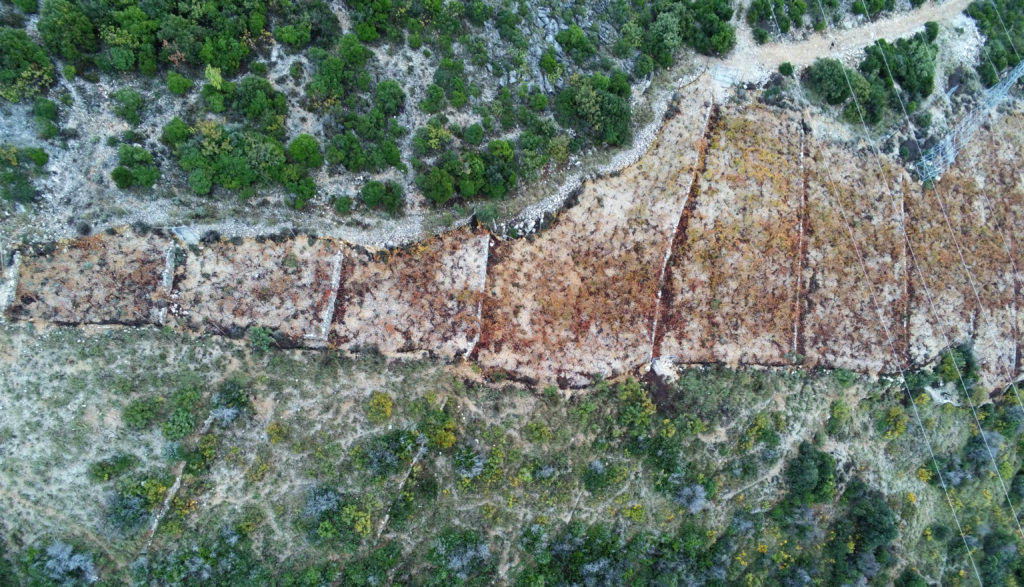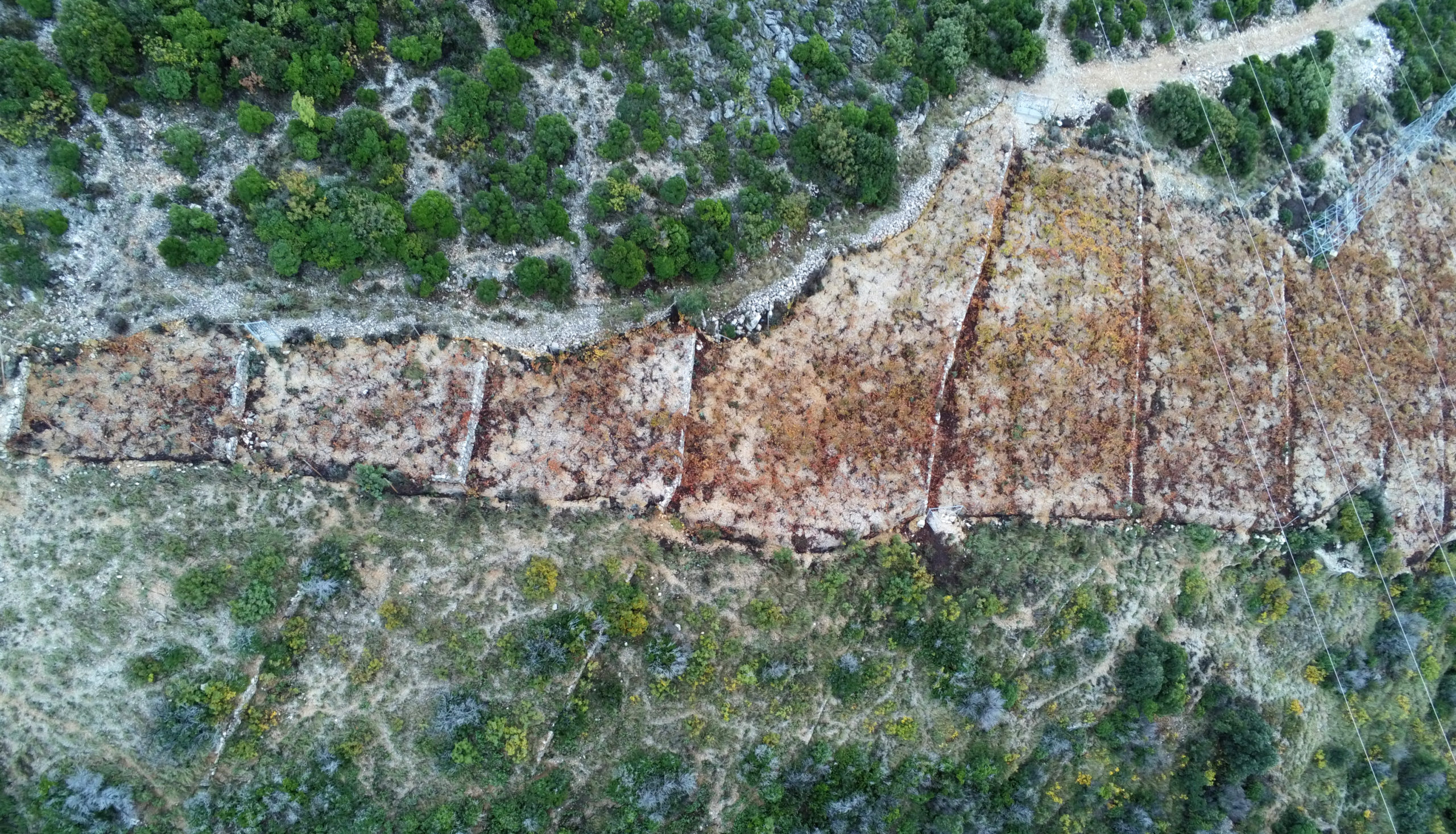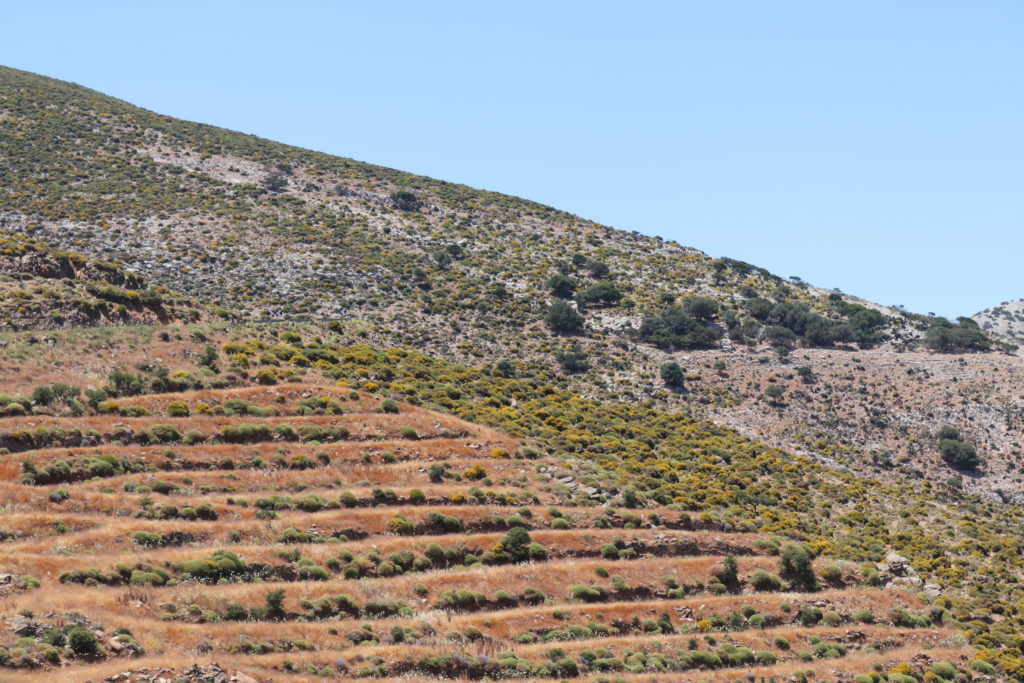Radiation is often seen as a product of human activity, and this is mostly true in its more potent – and at times dangerous – manifestations on Earth. Alongside nuclear weapons and nuclear power plants, mankind uses radiation for medicine, for instance in chemotherapy, as well as in scientific research. Some environmental radiation also occurs naturally. Natural deposits of materials such as uranium and thorium emit small amounts of ionizing radiation and can be found in small traces essentially everywhere. Meanwhile, output from suns, especially our own, constantly bombards the Earth’s atmosphere with radiation, some of which makes its way to the surface. Human activity can heighten our exposure, for instance through industries such as mining, while natural processes such as the food chain can also bring us into contact with trace elements of radiation.

Measuring this radiation is a vital tool in our search to understand the world – not only as it currently is, but also how it used to be. Far from being the enemy, radiation can help us examine the past. Luminescence dating, for instance, can determine when sediment was last exposed to sunlight, by quantifying the tiny radiation dose emitted from certain elements and stored in minerals present in soils. Since 2017, the School of Earth and Environmental Sciences have built the Luminescence Dating facilities at the University into a centre-of-excellence. Despite the great deal of research done at St Andrews quantifying background radiation on Earth, including the projects ‘TerraSAgE’ and ‘The North Fife Coastal Zone’, the measurement of low-level environmental radioactivity had been outsourced to a third party with the necessary equipment. This solution was adequate until very recently; however, Covid-19 pandemic-imposed restrictions posed a challenge for the School’s laboratory by limiting the possibility for such collaborations during lockdown.
This challenge was solved through a project led by Dr Tim Kinnaird that, through financial assistance from the Scottish Funding Council, enabled the School to build its capacity for investigating low-level environmental radioactivity in-house. This was achieved through the purchase of a μdose unit: a compact system for assessing low-level environmental radiation. This μdose unit puts the University of St Andrews in a position to perform high-quality measurements entirely self-sufficiently, having been calibrated with equivalent systems at other Scottish universities.
The new equipment has been utilised across a range of projects within the School, including the AHRC-funded ‘TerraSAgE’, a collaboration led by researchers at the universities of Newcastle, de Granada and Dr Kinnaird of St Andrews’ School of Earth and Environmental Sciences. TerraSAgE looks at the history of terraced landscapes which, although they are critical in many areas for dry-land agriculture, remains poorly understood. Terraced landscaping involves cutting a piece of sloped land into a series of flat steps, which helps to reduce erosion and water runoff. This process has been in use for many centuries, and featured in the Hanging Gardens of Babylon, however problems in dating their construction and use has limited our understanding of their full historical role. The TerraSAgE project hopes to answer several key questions about the history of terraces. When and how were they constructed and maintained across different historical periods and regions? Why was certain land terraced, and why was some terracing abandoned? Can terracing provide an environmentally sustainable land-use strategy for rural communities? Key to this research is the ability to date soil profiles, which enables the team to chart the development of specific terracing projects. The project uses new innovations in earthworks dating such as the use of optically stimulated luminescence profiling and dating, an approach developed in part by Kinnaird, alongside established techniques such as radiocarbon dating. Luminescence dating is a particularly useful tool because, unlike radiocarbon dating, it does not require the presence of organic material in the sample – which may have been long destroyed at some of the earlier sites of terracing. As a result, the team’s holistic approach will benefit greatly from the newly expanded capabilities of the School’s laboratory.
This new equipment has mitigated some of the impacts of Covid-19, however its impact will be felt just as keenly as we approach a return to normal operation. The μdose equipment is being integrated within routine laboratory work at the School and has also been made available for use by both undergraduate and postgraduate students. The School’s resources will be augmented further with the acquisition of a multi-sensor core scanner, consolidating the luminescence laboratories as a global centre-of-excellence. The μdose unit represents a renewed focus on the University’s commitment to interdisciplinary projects across diverse schools and research institutes and will no doubt spark future collaborations for years to come.


